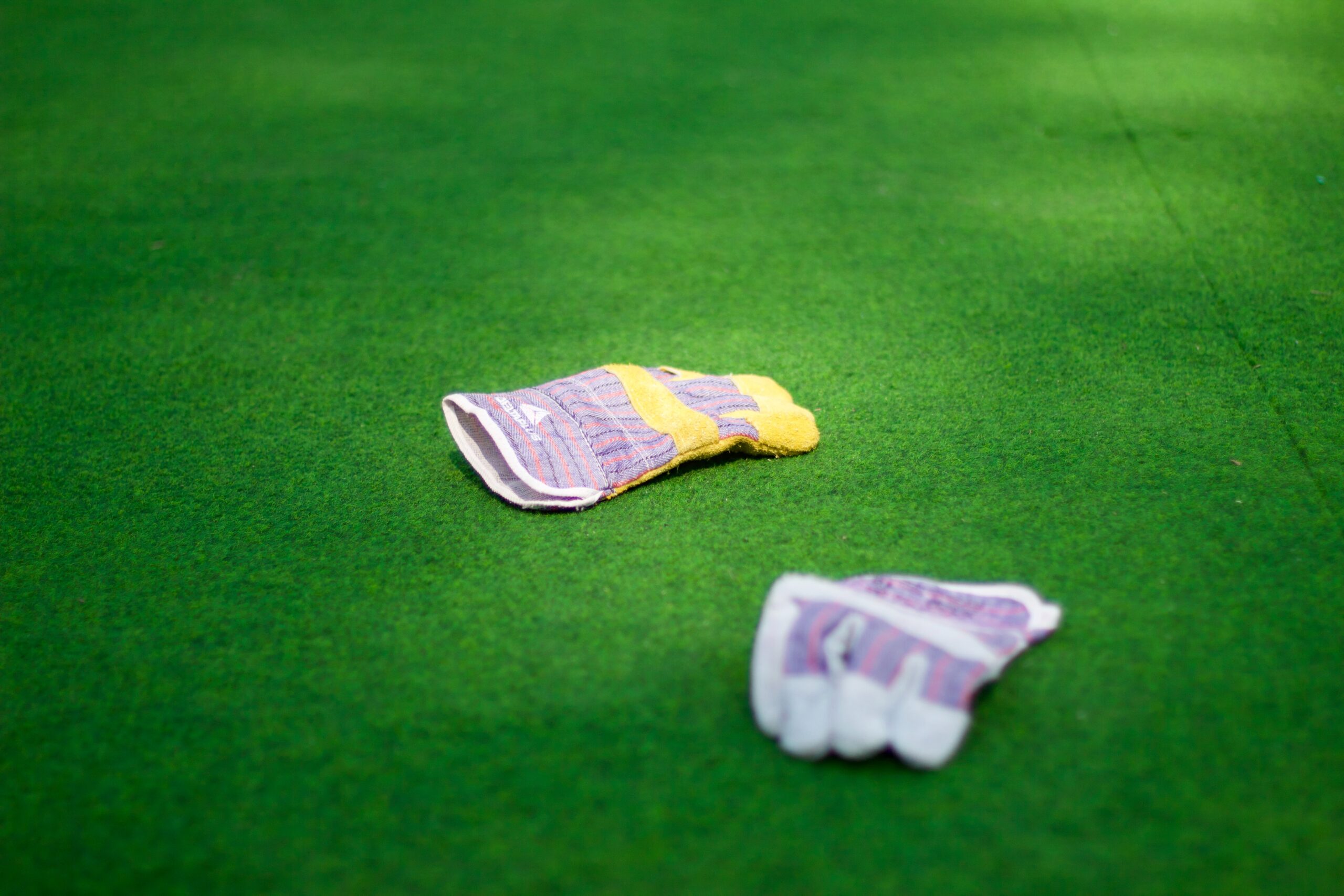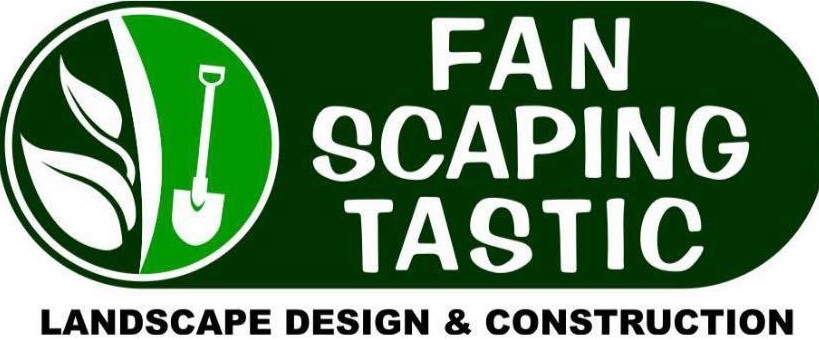
A Step-by-Step Guide to Artificial Turf Installation
Artificial turf is a great choice for homeowners who want to achieve a beautiful-looking lawn all year round. As long as you take proper care of it, you won’t have to worry about dealing with a dying lawn during the extremely hot or cold parts of the year.
However, when it comes to actually laying synthetic grass onto their property’s surfaces, a lot of homeowners become confused. Since they’re dealing with a different material, they often don’t know how or where to begin.
If you have the same dilemma, we’ve got you covered! In the following sections, we’ll be walking you through the simple process of laying artificial turf on concrete. There’s nothing to worry about—this is going to be easy-peasy!
STEP 1: Take Measurements and Prepare the Space
The first thing you’ll have to do is take measurements of the space you want to cover. This will be easy if you have a regularly shaped paving, patio, or deck.
Then, survey the area you will cover. See to it that there are no large gaps between your paving slabs, patio tiles, or decking planks. This is because any gap larger than half an inch can cause the artificial turf laid across it to sag later on. If you do find any breaks, fill them using a quick-drying cement.
Finally, clean the surface and make sure that it is free of debris. Give it a good sweep before installing your synthetic grass.
STEP 2: Install the Artificial Turf
One of the best things about working with concrete pavings and patios as well as timber decking is that these surfaces are already level. Aside from the steps suggested in the first point, you won’t have to do much to prepare the space. It’s already ready for laying synthetic turf!
However, before you proceed, make sure to cut the artificial grass according to the measurements you previously made. This will help you achieve a clean, smooth and polished look.
Then, remember to leave drainage gaps every half a foot around the perimeter once you start glueing them to the surface. This is necessary to let rainwater flow through your synthetic lawn and drain efficiently.
STEP 3: Add the Finishing Touches
After your new turf is all laid down, it’s time to work on the final details to complete your masterpiece. One element you’ll want to pay close attention to is tripping hazards. This is especially true if you’ve installed your artificial grass onto driveways, pathways, and other similar surfaces.
It pays to remember that you are raising the surface of an area by 15 to 40 millimetres (depending on your chosen material). This difference in height can expose you and your household to risks of tripping and falling.
To prevent such accidents, you may simply add diminishing strips to the area or even a border around the synthetic grass area.
Conclusion
Installing an artificial turf may seem complicated, but in reality, the process is quite straightforward. Essentially, you need to prepare the surface you are laying the synthetic grass on, glue it properly, and work on the finishing touches. If you want to ensure the best results, working with landscapers in Sydney is a perfectly valid option as well!
Need a landscaper in Hills District, Sydney to help with your artificial turf installation? Look no further than FanScapingTastic! We cover a wide range of services and offer high-quality workmanship. Get in touch with us today to request a free consultation!


Recent Comments